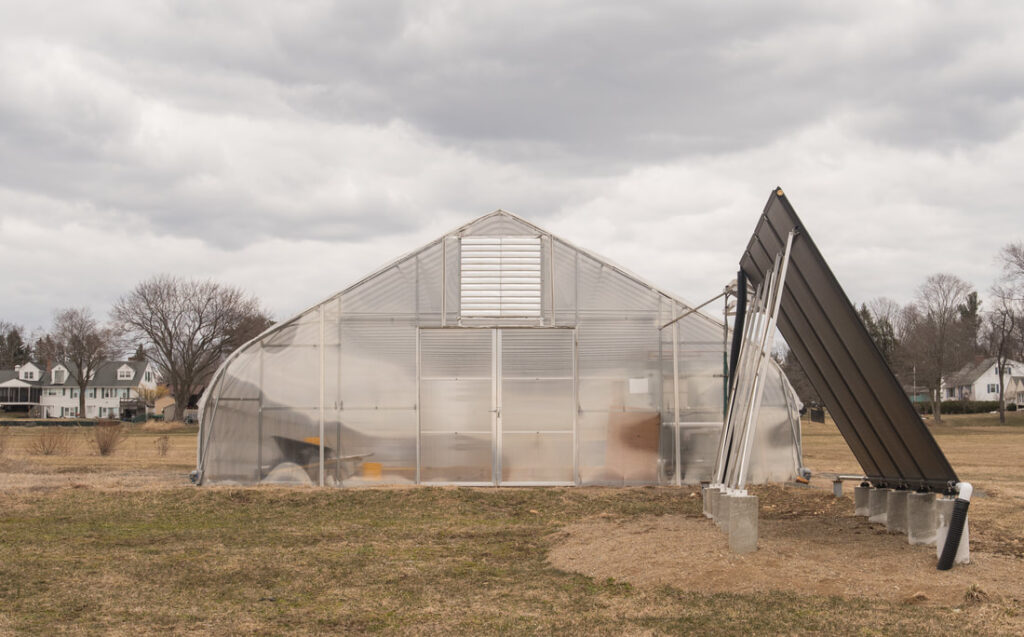
The UMass Student Farming Enterprise has recently finished building an off-grid greenhouse at the Agricultural Learning Center in Amherst, MA. The National Science Foundation grant funded the project with the objective of educating students about renewable energy in agricultural settings. Throughout the past four years, interns and students have been involved with the development of the greenhouse, steering the project and learning the ins and outs of implementing an off-grid greenhouse.
This project was started in 2013 as an initiative for the Student Farm to produce food year-round in New England without using any fossil fuels. “We wanted to try to build something that could be replicated by farmers and ended up having to build something that had never been done before,” Amanda Brown, the Student Farm Program Manager, explained. She added that it ended up being much more complicated than they anticipated.
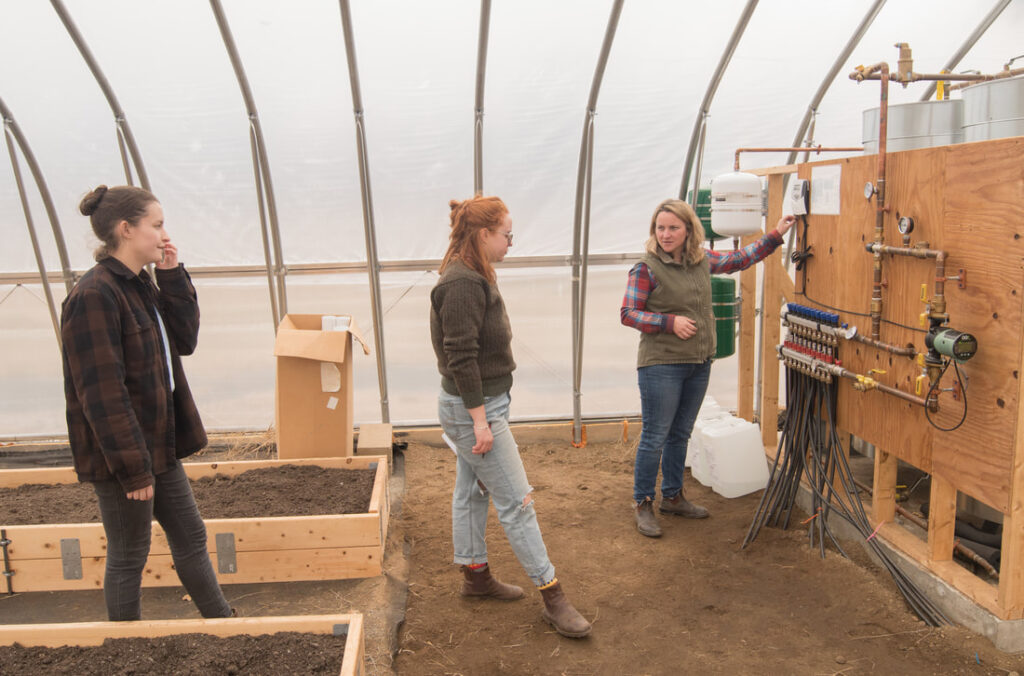
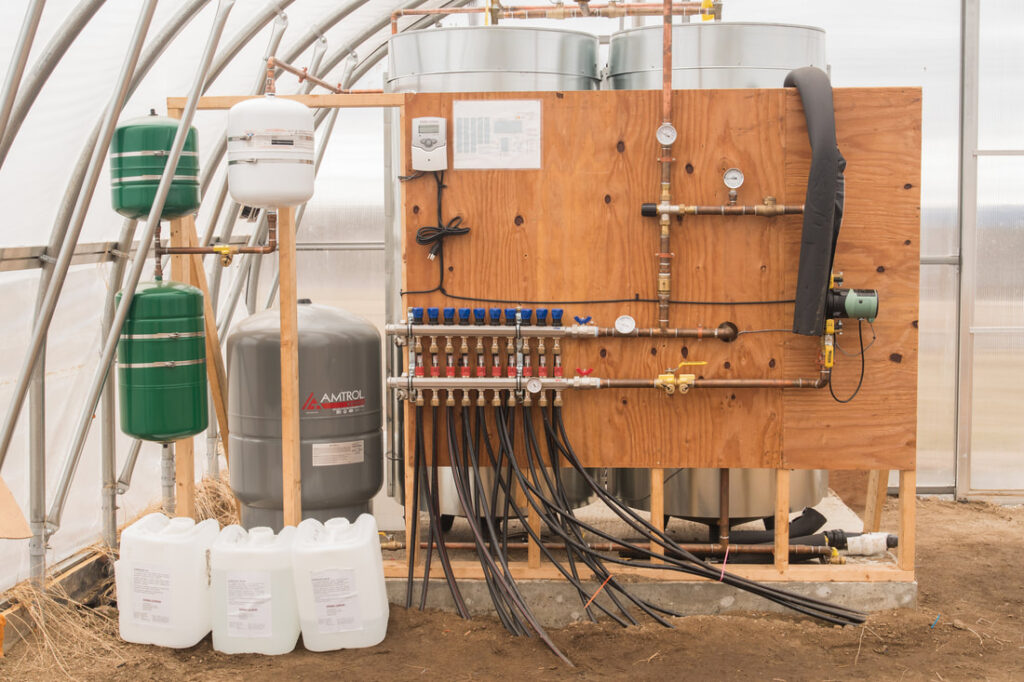
The limiting factor in designing the greenhouse was being able to run it without electricity or fossil fuels in the middle of agricultural fields. The Student Farm hired Spartan Solar to help create a system to heat each raised bed and maintain a soil temperature of about 50 degrees Fahrenheit. Solar collectors located right outside the greenhouse use the sun to heat up tubes filled with glycol and water, which is then pumped underground to storage tanks inside the greenhouse. There is a temperature sensor in the beds that indicates when the system needs to move the heated glycol from the storage tanks and into tubes inside the beds to heat up the soil. Amanda explained that “it is much more energy efficient to heat the soil rather than to heat the air. Most greenhouses burn through propane in the winter to keep them warm enough.” However, air easily escapes through the plastic lining of a greenhouse, which is not only expensive but unsustainable as well.
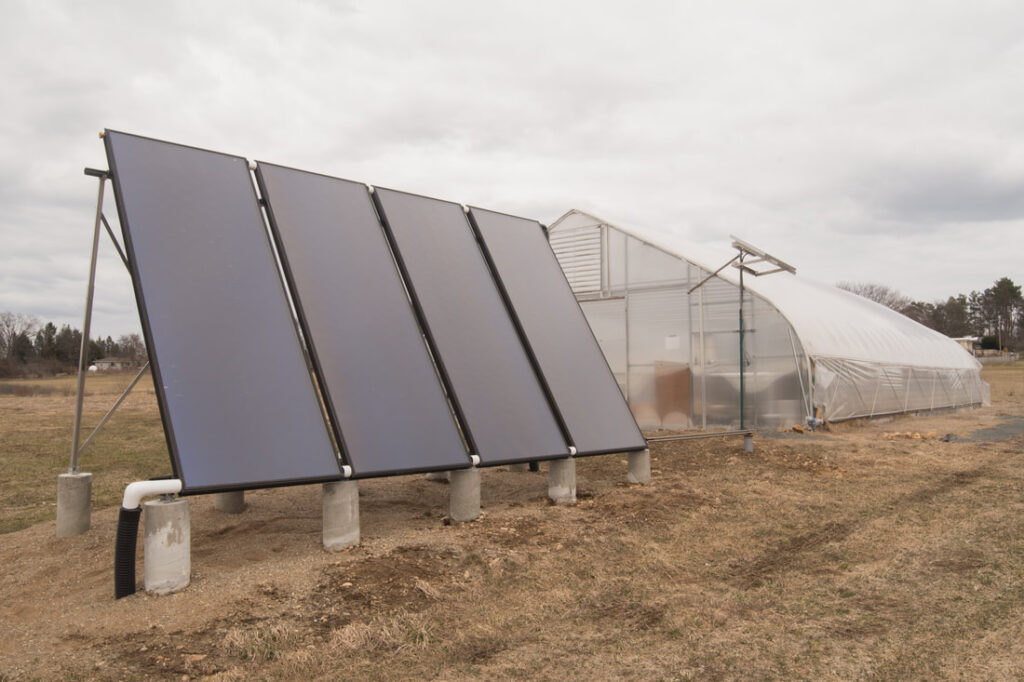
In addition to the solar collectors heating the soil, solar panels will power the sensors, pumps, and vents in the greenhouse to maintain a temperature conducive to what the plants growing inside need to thrive as well. This temperature control and increased protection from frost, wind, and precipitation is essential to grow certain species of plants in New England. This summer, the Student Farm will be planting heirloom tomatoes from Laughing Dog Farm in Gill, MA and basil in the greenhouse. These crops will do well in this environment because they appreciate the additional heat in the summer and the protection from weather, disease, and insects. In the fall, they will be using the greenhouse for season extension and plan to direct seed cold-hardy greens and transplant kale into the bed space. Amanda is excited to see how the Student Farm will be able to use the space and to discover how it will affect their operation.
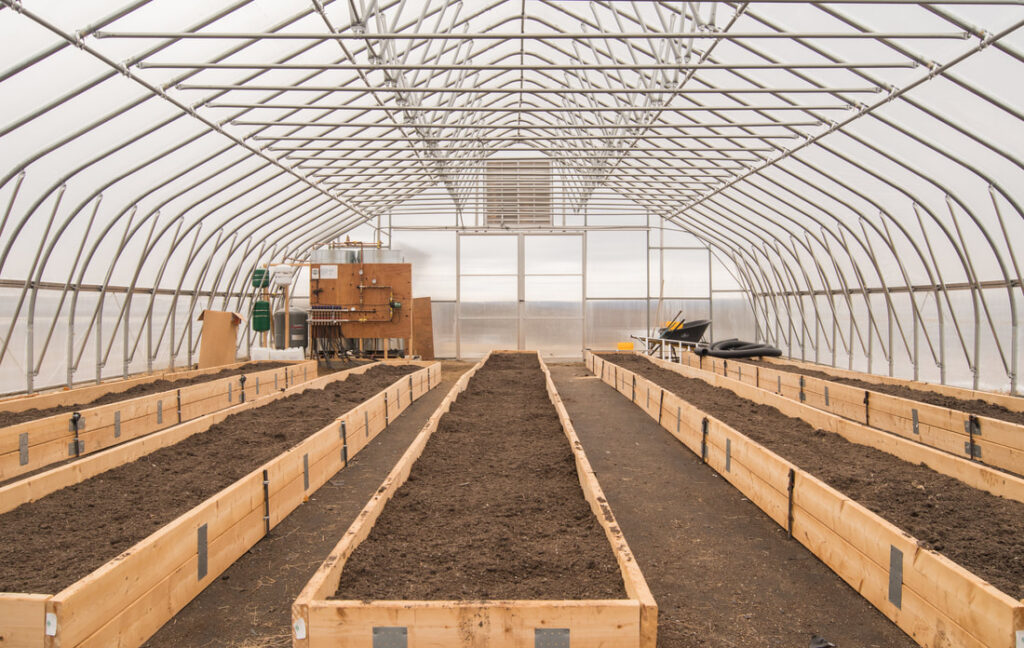
The Student Farming Enterprise would like to thank the following people for their time and assistance with this project: John Gerber (Stockbridge School of Agriculture), Ben Weil (UMass Amherst), Nancy Hanson (Hampshire College), Kate Maiolatesi (Holyoke Community College), Sarah Berquist (UMass Amherst), Zack Zenk (UMass Amherst), and all of the students and student farmers who have been involved over the years.
To learn more about the Student Farm or to sign up for one of their farm shares in the fall, visit their website. Thanks so much to Amanda Brown and Jackie Montminy for your help with this post and for all of the hard work you do to educate students and feed the UMass community.
Photo Credit: Keith Toffling Photography
